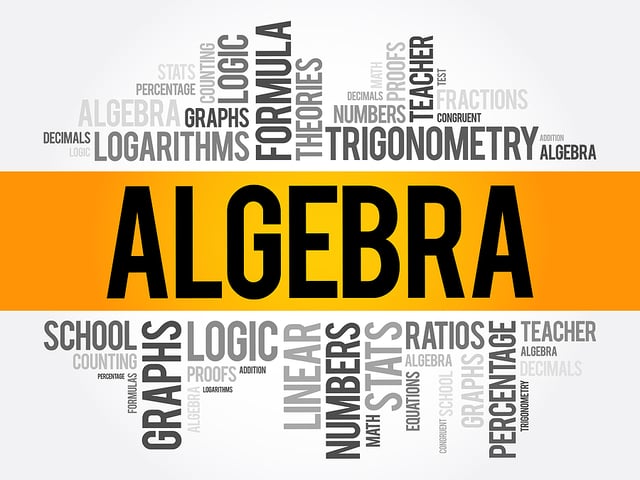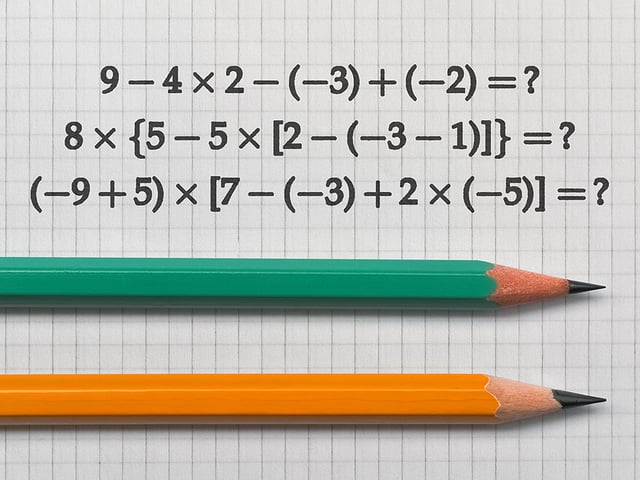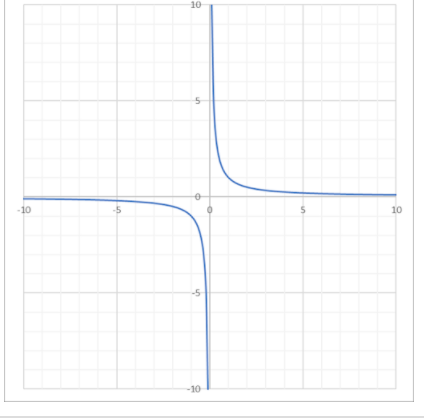
Formula Chart for Algebra on the SBAC Test
Have you ever painted by number? It’s probably the easiest way to paint, and you usually get great results from it. Solving Algebra problems on the SBAC Test is similar. If you are careful and follow the rules, you’ll achieve your goal! Now, what rules are we talking about?
The rules for Algebra are expressed in the form of equations, and the most important ones are shown in the following formula chart. Even though you won’t be able to use the chart during the actual test, getting to know the rules will prepare you, and we suggest you use them to solve our FREE practice problems at Union Test Prep.
Also check out our formula charts for the other four areas of math on the SBAC test:
Algebra Formulas for the SBAC
| Category | Formula | Symbols | Comment |
|---|---|---|---|
| General Algebra |
\(x+a=b \Rightarrow x=b-a\) \(x-a=b \Rightarrow x=b+a\) \(x \cdot a=b \Rightarrow x=b \div a\) \(x \div a=b \Rightarrow x=b \cdot a\) \(x^a=b \Rightarrow x = \sqrt[a]{b}\) \(\sqrt[a]{x}= b \Rightarrow x= b^a\) \(a^x=b \Rightarrow x=\frac{log\ b}{log\ a}\) |
a, b = constants x = variable |
|
| General Algebra |
\(x^a \cdot x^b = x^{a+b}\) | a, b, x = any real number |
|
| General Algebra |
\(\frac{x^a}{x^b} = x^{a-b}\) | a, b, x = any real number | |
| General Algebra |
\((x^a)^b=x^{a \cdot b}\) | a, b, x = any real number | |
| General Algebra |
\((x \cdot y)^a=x^a \cdot y^a\) | a, x, y = any real number | |
| General Algebra |
\(x^1 = x\) | x = any real number | |
| General Algebra |
\(x^0 = 1\) | x = any real number | |
| General Algebra |
\(x^{-a} = \dfrac {1}{x^a}\) | a, x = any real number | |
| General Algebra |
\(x^{\frac {a}{b}} = \sqrt[b]{x^a} = (\sqrt[b]{x})^a\) | a, b, x = any real number | |
| General Algebra |
\(\frac{x}{\sqrt{y}} \cdot \frac{\sqrt{y}}{\sqrt{y}} = \frac{x \sqrt{y}}{y}\) | x, y = any real number |
|
| Series | \(a_n = a \cdot r^{n-1}\) | \(a_n\) = \(n^{th}\) term of a geometric series \(a\) = first term of the geometric series \(r\) = common ratio |
For a geometric series \(\displaystyle\sum<br>_{i=1}^{n} a_1 r^{i-1}\) |
| Series | \(S_n = \frac{a \cdot (r^n -1)}{r-1}\) | \(S_n\) = sum of \(n\) terms \(a\) = first term of a geometric series \(r\) = common ratio |
For a geometric series \(\displaystyle\sum<br>_{i=1}^{n} a_1 r^{i-1}\) |
| Computing Interest |
\(SI = P \cdot IR \cdot t\) | SI = simple interest P = Principal (amount borrowed) IR = Interest Rate t = time (same units as IR) |
|
| Computing Interest |
\(A_{SI} = P + SI = P \cdot (1 + IR \cdot t)\) | \(A_{SI}\) = Future value to be paid (for SI) P = Principal (amount borrowed) SI = simple interest IR = Interest Rate t = time (same units as IR) |
|
| Computing Interest |
\(A_{CI} = P \cdot (1 + \frac{IR}{n})^{n \cdot t}\) | \(A_{CI}\) = Future value to be paid (for CI) P = Principal (amount borrowed) IR = Interest Rate n = number of times interest is compounded per unit t t = time (same units as IR) |
|
| Linear Equations |
\(A \cdot x + B \cdot y = C\) | A, B, C = any real number y = dependent variable x = independent variable |
Standard form |
| Linear Equations |
\(y = m \cdot x + b\) | y = dependent variable m = slope x independent variable b = y-axis intercept |
Slope-Intercept form Try to convert any given linear equation to this form. |
| Linear Equations |
\(m = \frac{(y_2-y_1)}{(x_2-x_1)}\) | m = slope \(y_n\) = dependent variable (at point n) \(x_n\) = independent variable (at point n) |
This is a rearranged version of the point-slope form. |
| Linear Equations |
\(y-y_1 = m(x-x_1)\) | \((x_1, y_1)\) = point on the line y = dependent variable x = independent variable m = slope |
Point-slope form |
| Quadratic Equations |
\(x = \dfrac{-b \pm \sqrt{b^2-4ac}}{2a}\) | a, b, c = constants c = y-axis intercept x = x-axis intercept |
Quadratic Formula for an equation in the form \(ax^2+bx+c=0\) |
| Quadratic Equations |
\((a \pm b)^2 =a^2 \pm 2 \cdot a \cdot b + b^2\) | a, b = constants or variables | Square of sum or difference |
| Quadratic Equations |
\(a^2 - b^2 = (a+b)(a-b)\) | a, b = constants or variables | Difference of squares |
Keep Reading

Smarter Balanced Assessment Consortium Blog
Formula Chart for Numbers and Operations on the SBAC Test
Most people say that Math is hard for them. Does this sound like you? A…

Smarter Balanced Assessment Consortium Blog
Formula Chart for Geometry on the SBAC Test
Geometry is literally everywhere! It’s in the shape of the stars and pl…

Smarter Balanced Assessment Consortium Blog
Formula Chart for Functions on the SBAC Test
Functions are like tiny math machines: You feed them numbers and they g…